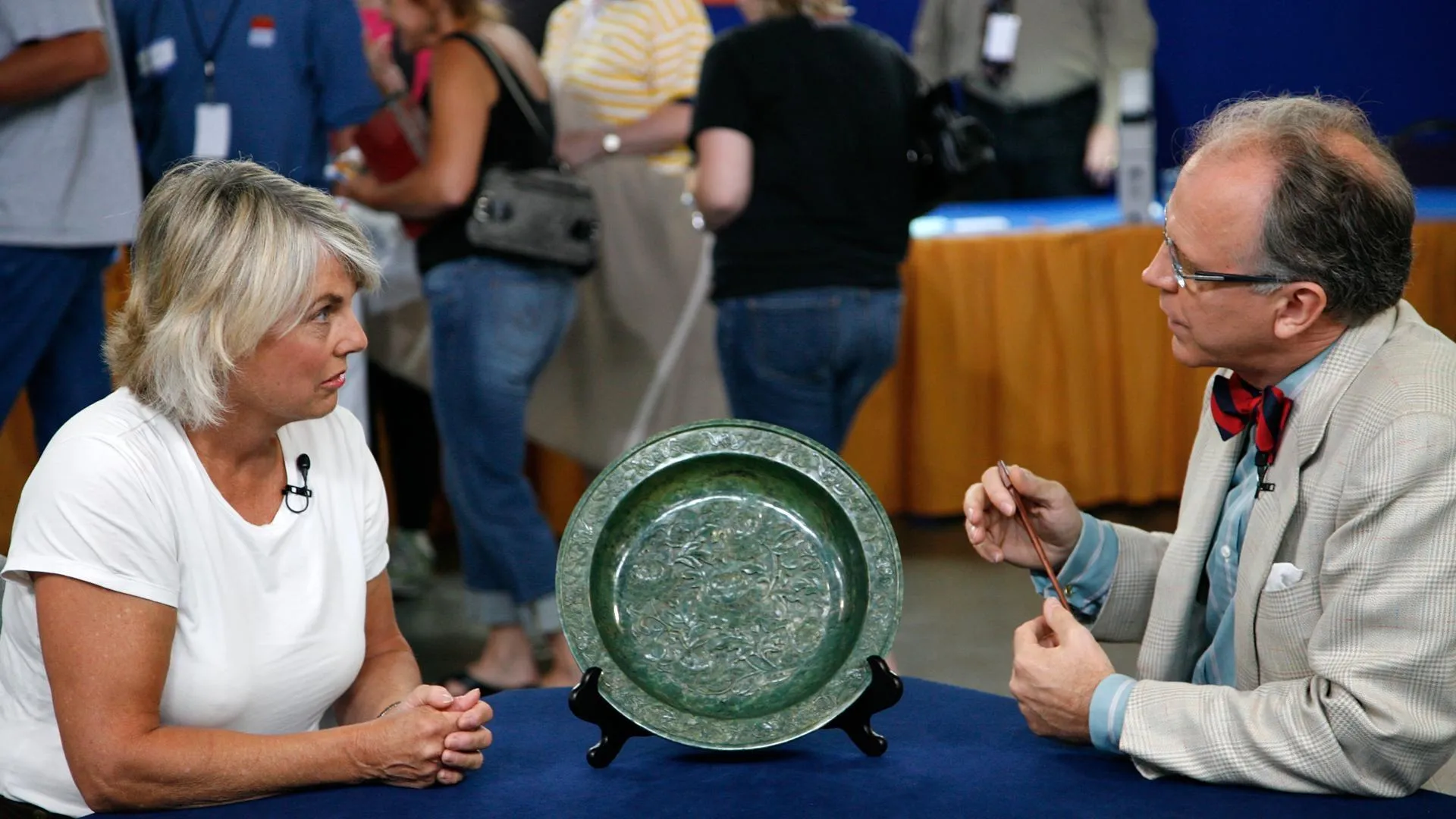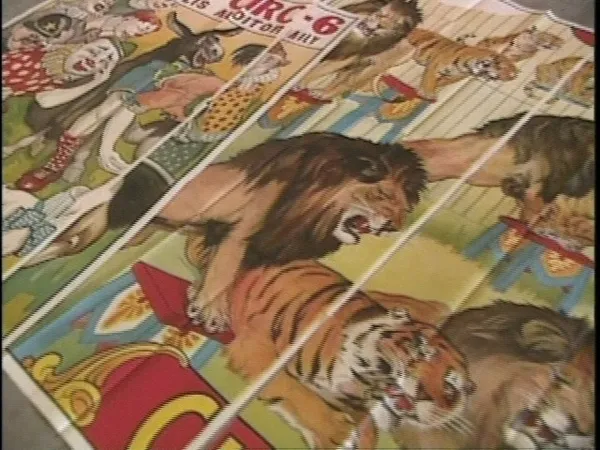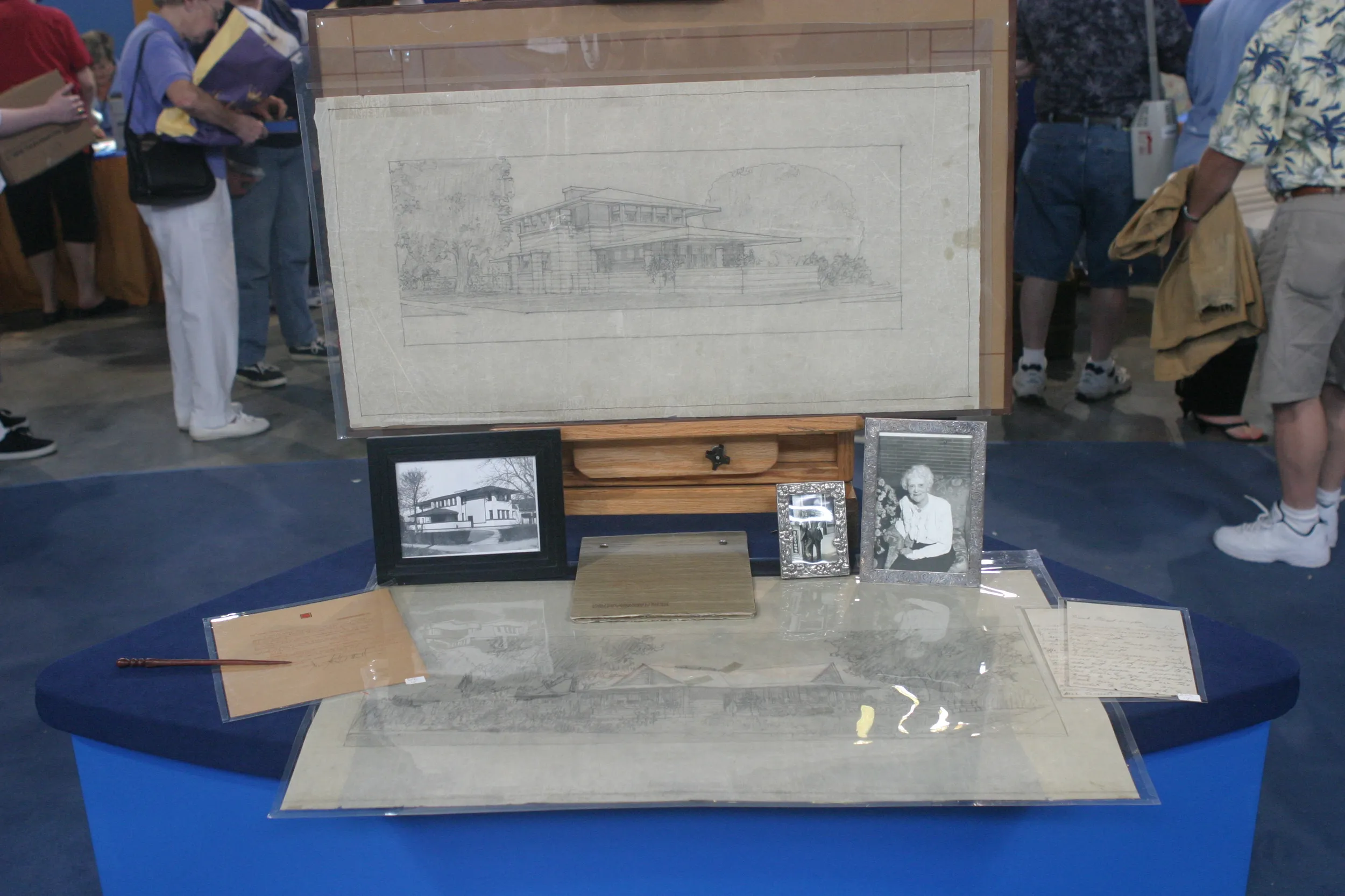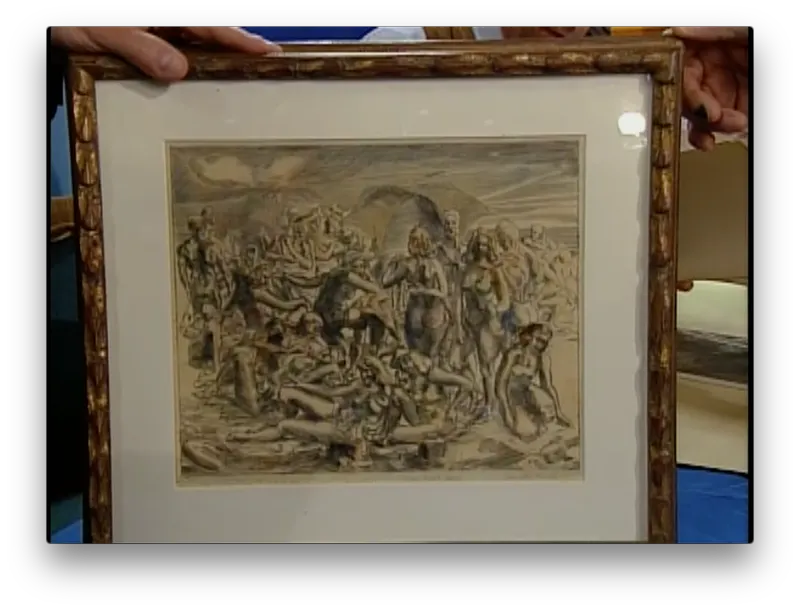GUEST: My husband and I actually went to an auction here in Louisville.
APPRAISER: Right.
GUEST: And walked through and saw the prints that we liked and I left the bidding up to him, and he came home with these.
APPRAISER: So you bought them all at one auction?
GUEST: Yes.
APPRAISER: And what did you pay for them?
GUEST: Between $500 to $1,000 for each one. I think this was the least expensive and that was the most expensive.
APPRAISER: And are you guys art collectors? Have you been collecting art for a while, or is this a...
GUEST: Nope, this is our whole collection.
APPRAISER: I love this group of prints because it illustrates to me, as an auction guy, the pleasures, but also the pitfalls, of buying at auction.
GUEST: (whimpers) (laughs)
APPRAISER: Now, you did well, let me tell you that. Let me start over here. This is a reproduction of a Rembrandt painting. It's a self-portrait of Rembrandt. And it's something that's done in the last 50 years.
GUEST: Okay.
APPRAISER: Doesn't have a whole lot of value.
GUEST: Okay.
APPRAISER: This is actually an original print. It's a color lithograph by Marc Chagall. Yet it's from a large edition, printed for a book, and, therefore, it doesn't have a lot of value, either. This is actually a reproduction of a pastel drawing by Degas. So, as a reproduction, it doesn't have a whole lot of value.
GUEST: Okay.
APPRAISER: It's pretty, but not valuable. This beach scene is a reproduction of a painting by Renoir. So, again, pretty, not terribly valuable.
GUEST: Okay.
APPRAISER: Now, the smallest one up here, which looks maybe the least impressive...
GUEST: Right.
APPRAISER: ...is actually an original etching by Renoir.
GUEST: Okay.
APPRAISER: And it's a subject that he worked on in at least four different versions in print. It's the "Chapeau Épinglé," or "The Pinning of the Hat." And this is the first etched version of the "Chapeau Épinglé" that Renoir did. He made this print in the 1890s. And it's something that is not as common as the later versions.
GUEST: Oh, okay.
APPRAISER: Where he developed the theme more carefully, and as such, it's a little more scarce and has more value. Overall, you were saying you spent about $2,500 for the whole group, right?
GUEST: Mm-hmm.
APPRAISER: And when was this?
GUEST: Oh, not too long ago-- couple of years.
APPRAISER: Now, reproductions like these-- the Rembrandt, the Degas, and the Renoir-- they're just decorative; you know, maybe $50, $100 apiece, so...
GUEST: Okay.
APPRAISER: There you can see, you definitely overspent on those.
GUEST: Right, okay.
APPRAISER: The Chagall, it's more in line with what you should be paying at auction. That's probably in the neighborhood of about $500 to $700 at auction.
GUEST: Okay.
APPRAISER: And the good news, which I've been saving for last, is this little guy here. And, at auction, $4,000 to $6,000. Towards the high side for that.
GUEST: Wow!
APPRAISER: So, $4,000 to $6,000. Adding all that up, with that one print, you did well.
GUEST: Good.
APPRAISER: And I love that you went out and did this. You know, you went to auction; it's a gutsy thing to do if you're not in the field.
GUEST: Yeah.
APPRAISER: And you, basically, you bought with your eye, and that's, you know, that's just what you should do. But I think it also shows you that it's terribly important to know what you're buying, too.
GUEST: Yes.
APPRAISER: Like anywhere else, knowledge is power.
GUEST: Right.
APPRAISER: And that's so true at auctions, so...
GUEST: Is there any way to, to know, when we're looking at things, reproductions versus...
APPRAISER: A good way to tell a reproduction-- it's a general thing, and you can't always tell a reproduction this way-- is to hold a magnifying glass to it.
GUEST: Okay.
APPRAISER: And if you see a uniform pattern of dots, that is indicative of a reproduction.
GUEST: Okay.









